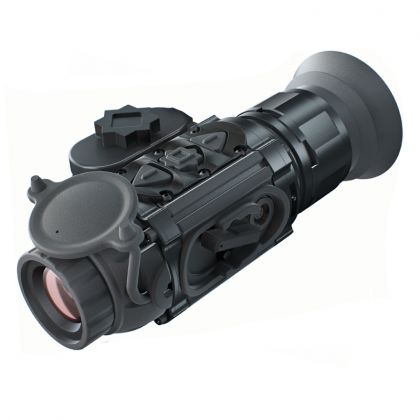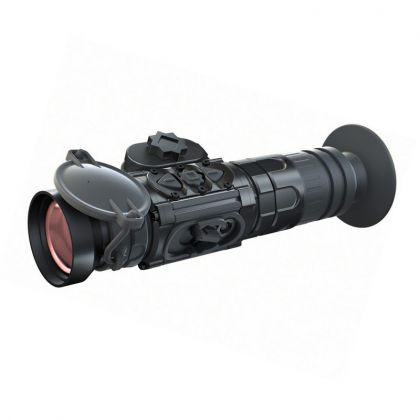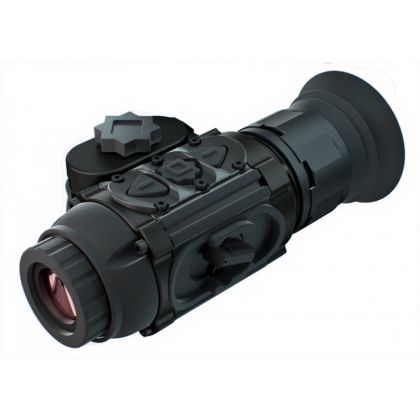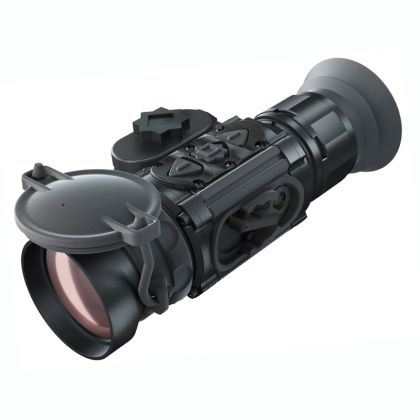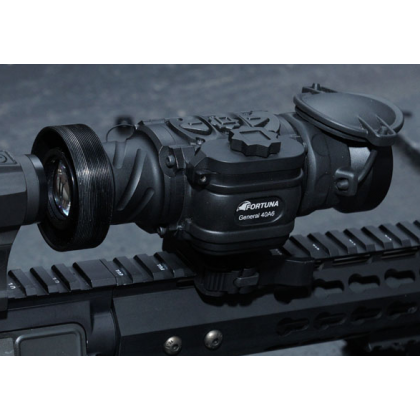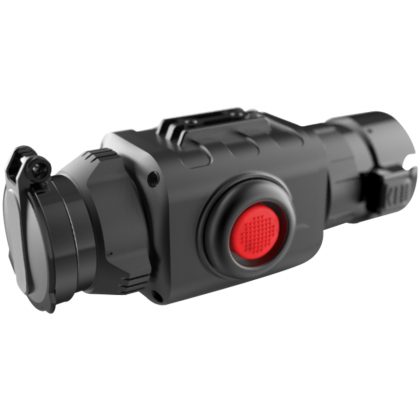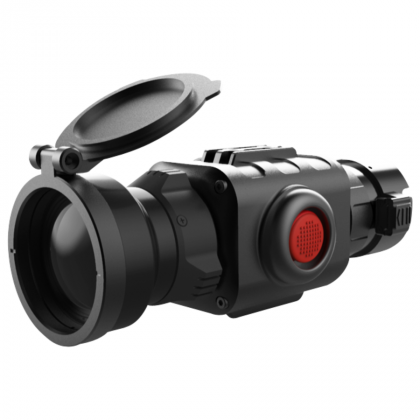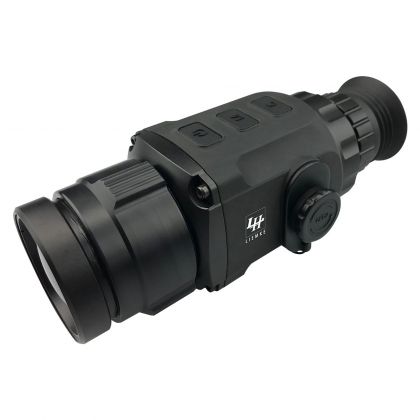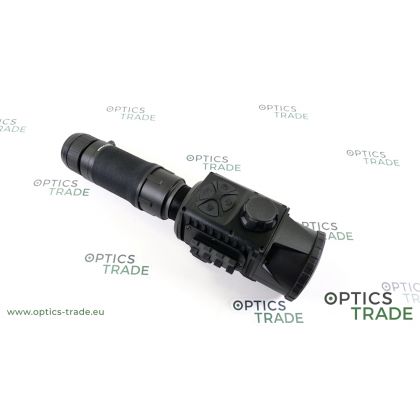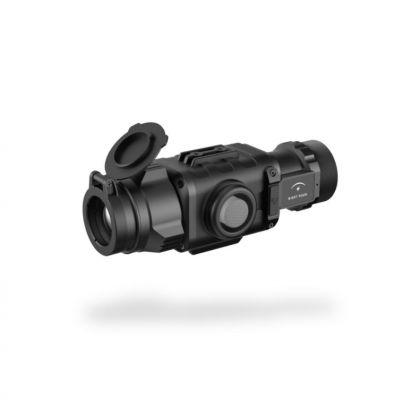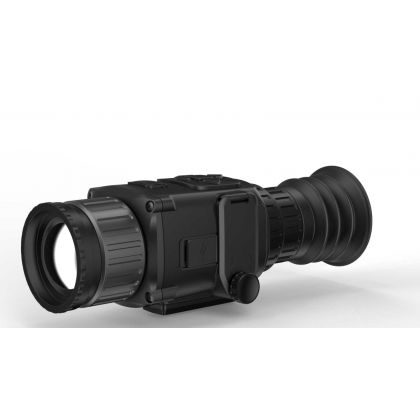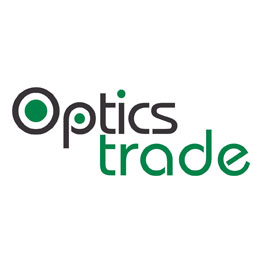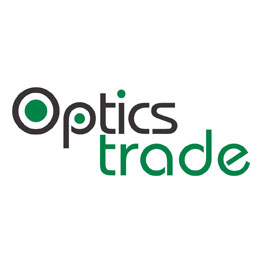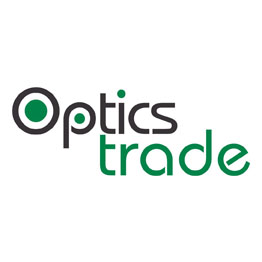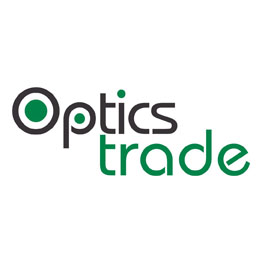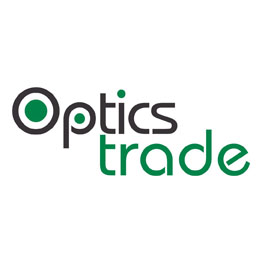Mounts
Thermal Clip-On Systems
General features of thermal clip-ons
Thermal imaging is gaining popularity since it offers great advantages for night-time observations. Especially the clip-on devices are widely used since clipping of the device on the objective bell of the day time optics is very simple and fast.
The main advantage of thermal clip-on´s
- Transforming day optics into a thermal optics, which keeps the point of impact on the same place.
- The user can also use the same rifle scope, on which he is trained, with the same reticle, which can still be used for bullet drop when shooting on longer distances.
- A thermal clip-on device can also be used on other optics such as binoculars and monoculars, only for observing purposes.
Thermal clip-ons compared to stand-alone thermal rifle scopes
Usually, thermal clip-on devices have a lower sensor resolution when compared to thermal rifle scopes, but clip-on´s offer all the usability of the normal scope. This is especially handy when using the same rifle for daytime hunting and hunting in the night.
- The shooting position stays the same due to the longer eye-relief and does not change as if you would mount a thermal rifle scope.
- Attaching a thermal clip-on device is also much easier than changing the entire scope on the rifle, which can sometimes cause also a point of impact change.
- Whatsoever, a bit of the optical performance gets lost, but this is minimal and, in most cases, it is not noticeable.
Thermal clip-on´s are allowed for purchase in many EU countries where stand-alone thermal optics are not allowed. The price is also lower than the price of thermal rifle scopes, which makes them also more interesting for many hunters.
Thermal clip-on devices compared to night vision clip-on devices
There are many advantages but also the disadvantages of thermal clip-on devices against night vision.
- The main advantage is the much easier detection of animals even in complete darkness,
- and detection on much longer distances.
This is especially noticeable if the animal is in the forest behind dense vegetation – with a thermal clip-on device these animals are easy to see and almost impossible to see with a night vision device since the vegetation reflects the IR light from the illuminator. With a night vision device, only the eyes from the animal can reflect some light if it looks straight towards you.
Here we get to another advantage of the thermal clip-on device – it does not need any additional IR light in complete darkness. A night vision device does if there are no light sources in the area (moon, stars, road lighting, etc.). An additional IR light can, whatsoever, be visible for some animals, so they get scared and can run away if an IR light under 850nm is used.
With the thermal clip-on colder objects are more difficult to see, such as small trenches and grass. So, if you are not very cautious about colder objects in front of the target, the bullet can hit the obstacle and consequently miss the target. Also, the antlers on the animal are not well visible, so evaluating the game can be very challenging or not even possible. With a night vision device, if the animal is not too far away and the weather conditions are good, it is possible to see the antlers perfectly.
In bad weather such as rain and mist, it is almost not possible to hunt with a night vision device. The rain and mist reflect the IR light, so you can´t get a clear picture. With a thermal clip-on device, the picture has less contrast, but animals are still clearly visible even at great distances.
Because of the flash when the shot is fired, the picture on an analog night vision device can get white for a short time, so it is almost not possible to spot the target after the shot. With a thermal clip-on device, this effect lasts only a fraction of a second, so spotting the target is much easier. Even if the animal runs into dense vegetation, it can still be tracked with a thermal device. In most cases, even the wound can be detected, so the user can immediately tell if the shot placement was good.
Many thermal imaging devices have also the feature to take photos and videos. Analog night vision devices do not feature this function, but all digital night vision devices do. The resolution in analog night vision devices is much better, and they also drain less energy than the thermal devices.
Adapters for thermal clip-ons
There are several manufacturers that produce mounts for thermal clip-on devices. The most known company in the EU and the first one that started with such production was Rusan, but also SmartClip adapters are very popular.
- The quality of such an adapter has to be good because it is the only part that holds the clip-on device to the daytime rifle scope.
- With a low-quality adapter can happen that the point of impact changes after attaching the device, so it makes sense to invest in a high-quality adapter.
These adapters are available in all different sizes, to perfectly match the objective diameter of all common daytime rifle scopes, for a tight and firm fit. For Pulsar Core devices, there is even a special interface that converts Pulsar's standard bayonet into a thread identical to Dedal's devices.
Video presentation of Thermal Imaging Clip-on Systems
Filters
Sort
Filters
Sort
